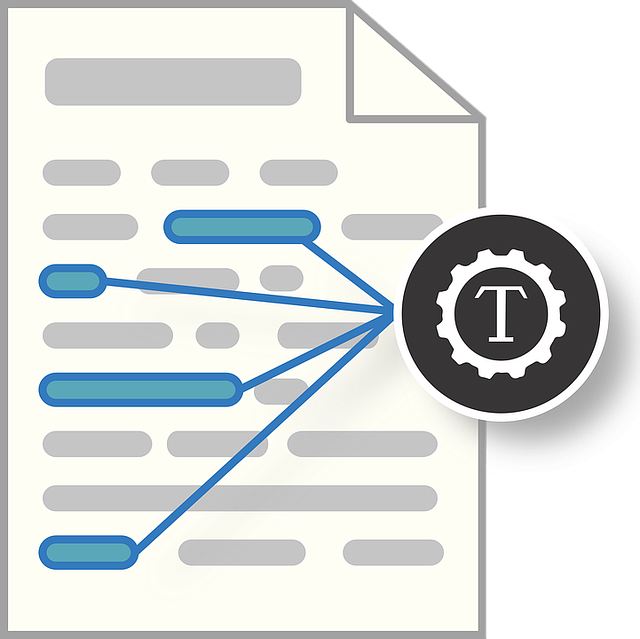Basic Concepts and Terminology
Before you start building your first chatbot, it is important to understand the basic concepts and terminology of chatbots. Here are some of the basic concepts and terminology that you need to know:
What is a Chatbot?
In simple terms, a chatbot is a computer program that can talk to people using text or voice. You can think of it as a virtual assistant that can help answer questions, provide information, or even carry out tasks for you.
For example, imagine you have a business and you receive a lot of messages from customers asking about your products or services. Instead of answering each message individually, you could use a chatbot to handle the questions automatically. The chatbot could use natural language processing (NLP) to understand what the customer is asking and provide the appropriate response.
Chatbots can be built using a variety of technologies, such as machine learning, natural language processing, and artificial intelligence. At Neurotech Africa, we offer a range of tools and APIs to help developers build their own chatbots, Sarufi being at the core of our chatbot building tools.
By using chatbots, developers can help improve communication, streamline business operations, and provide better customer service. So if you're interested in building chatbots, don't hesitate to get started – the possibilities are endless!

You can check out Sarufi Playground to see some examples of chatbots built with Sarufi.
Chatbot building blocks
There are many different types of chatbots, and each type of chatbot is built using different building blocks. Here are some of the most common building blocks that are used to build chatbots:
- User Interface: The user interface is the part of the chatbot that the user interacts with. It is the part of the chatbot that the user sees and interacts with. The user interface can be a chat interface, a voice interface, or a combination of both.
- Intents: An intent is a user's intention or goal when interacting with a chatbot. For example, if a user asks a chatbot a question, the intent of the user is to get an answer to the question. If a user asks a chatbot to book a flight, the intent of the user is to book a flight.

- Entities: An entity is a piece of information that is relevant to the user's intent. For example, if a user asks a chatbot to book a flight, the entity is the flight that the user wants to book.

- Dialog: A dialog is a conversation between a user and a chatbot. A dialog is made up of one or more turns. A turn is a single interaction between a user and a chatbot. For example, if a user asks a chatbot a question, the dialog is made up of one turn. If a user asks a chatbot a question, and the chatbot asks the user a follow-up question, the dialog is made up of two turns.
SARUFI Architecture
Now that you know the basic concepts and terminology of chatbots, let's take a look at the SARUFI architecture. The SARUFI current architecture is made up of two main components:
Intent Detection
The intent detection component is responsible for detecting the user's intent. Sarufi handles intents training and detection for you. You don't need to worry about the details like how the bot is trained, how it is deployed, or how it is used in production anymore and you can focus on building your bot. Your main task is to provide the training data for the intents that you want to detect. Sarufi will take care of the rest.
Dialog Management
The Dialog management component is responsible for managing the dialog between the user and the chatbot. Sarufi handles dialog management for you. all you need to do is define the dialog flow for your bot. Sarufi will take care of the rest.
Application logic
The app logic is the part of the chatbot that you manage, which can involves things like:
Data storage: The data storage is the part of the chatbot that stores the data that is used by the chatbot. For example, if a chatbot is used to book flights, the data storage will store information about flights, such as flight numbers, flight times, and flight prices.
APIs: The APIs are the part of the chatbot that is used to interact with other systems.They help chatbots to get relevant data to perform specific tasks. For example, if a chatbot is used to book flights, the APIs will be used to interact with the airline's booking system.

Business logic: The business logic is the part of the chatbot that is used to perform business tasks. For example, if a chatbot is used to book flights, the business logic will be used to book flights.
